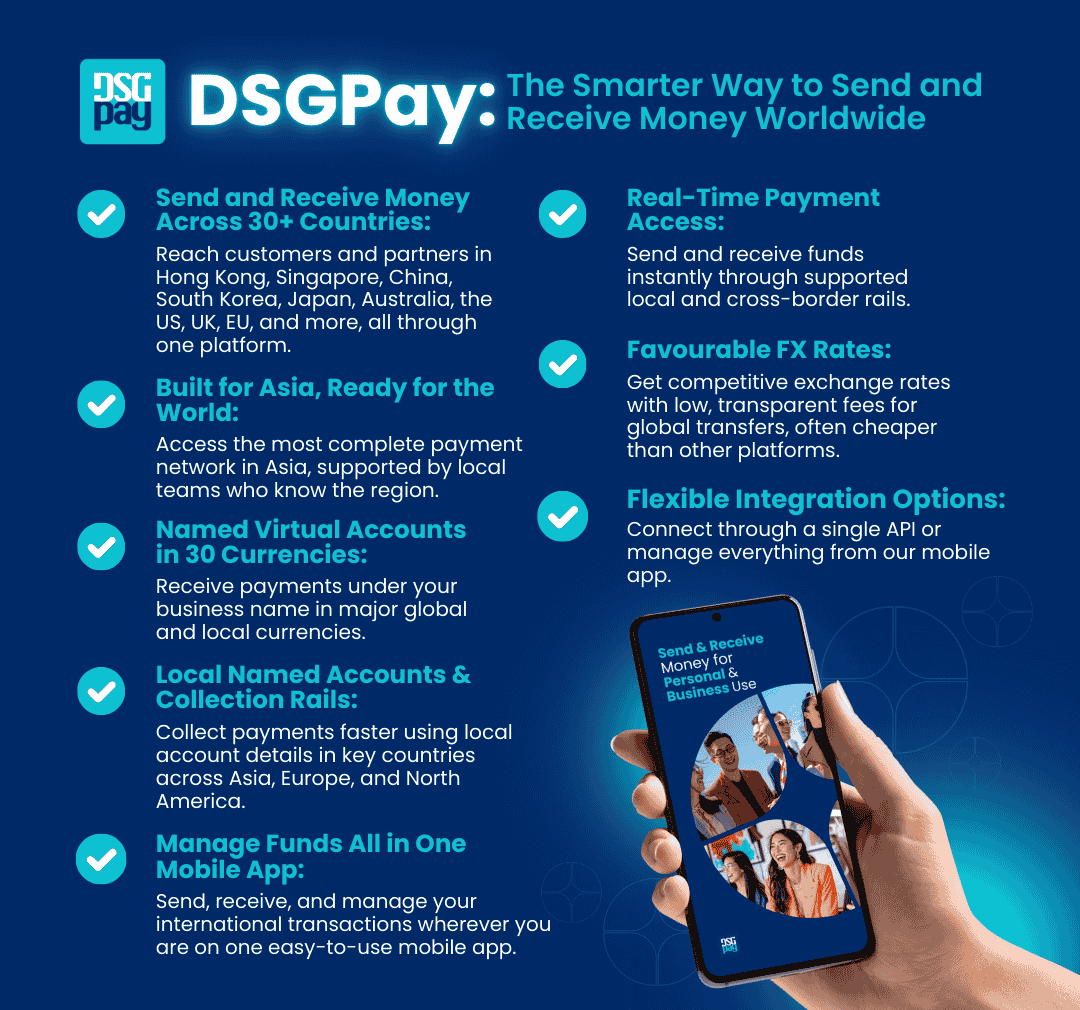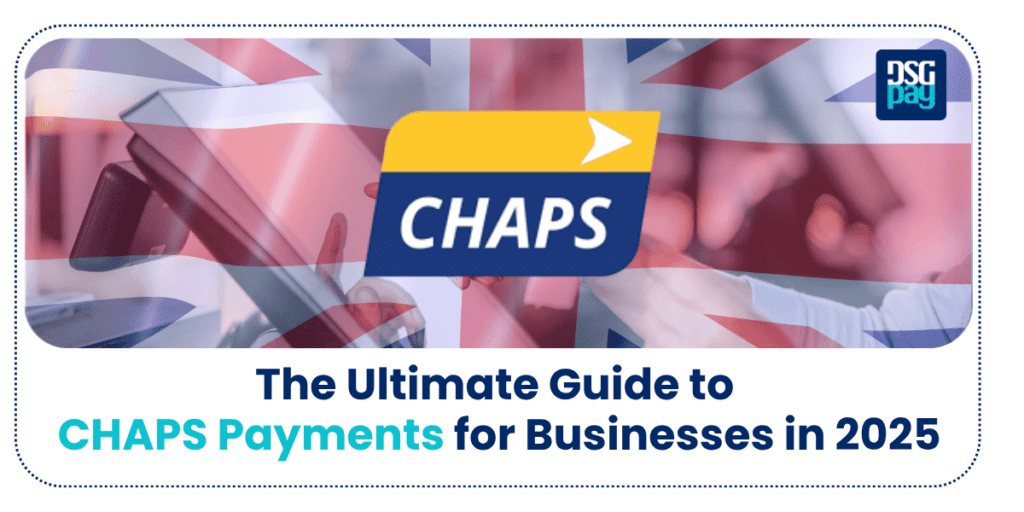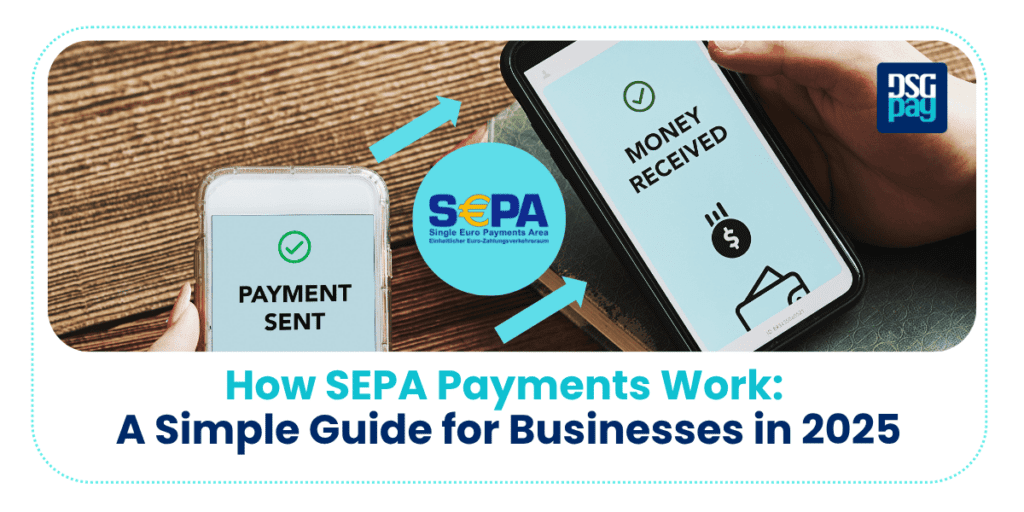Large transfers have become a vital part of managing both personal finances and global business operations. Whether it’s for property purchases, investments, payroll, or supplier payments. Regardless of the purpose, moving significant amounts requires speed, security, and precision.
With global remittance flows projected to reach $913 billion by 2025, the need for efficient and reliable transfer methods has never been greater. As the volume and complexity of high-value transactions continue to grow, individuals and businesses must be equipped with the right strategies and tools to avoid delays, reduce costs, and stay compliant.
In this guide, we’ll walk you through five essential tips to help you manage large transfers smoothly, securely, and efficiently.
How to Send Large Amounts of Money Safely and Effectively
Managing large transfers can be a complex and challenging task, as it involves navigating a variety of legal, regulatory, and technical issues.
Here are five essential tips and best practices to help ensure smooth and efficient large transfers:
1. Understand the Legal and Regulatory Environment
The first step in making large transfers work for you is to understand the regulatory framework in both the origin and destination countries. This includes familiarizing yourself with the laws and regulations that govern cross-border payments.
Some key international compliance frameworks include:
- FATCA (Foreign Account Tax Compliance Act): U.S. legislation targeting tax evasion by U.S. persons holding accounts abroad.
- CRS (Common Reporting Standard): An OECD-led global standard for the automatic exchange of financial account information.
- GFATCA (Global Foreign Account Tax Compliance Act): A collective term encompassing global regulations similar to FATCA.
Leveraging a legal Ai tool can streamline this process by quickly providing you with the most up-to-date insights and analyses of these complex legal frameworks.
Additionally, you should also be aware of any currency controls, taxes, or other restrictions that may apply to your transactions and take steps to ensure that you comply with all relevant laws and regulations.

2. Choose the Right Payment Method for Large Transfers
Another important consideration when making large transfers is choosing the right payment method. Each payment method has its own set of advantages and disadvantages, the best method depends on your transfer size, destination country, transfer speed, associated fees, and cost.
Popular Payment Method for Large Transfers:
- Wire Transfers
- ACH (Automated Clearing House) Payments
- Cheques
- Digital Wallet Payments
- P2P (Peer-to-Peer) Payments
- Cryptocurrency
Some of the best providers for large transfers offer features like real-time tracking, rate alerts, and dedicated customer service to guide you through the process. Comparing providers based on these features will help ensure a smooth and successful transaction.
3. Use a Mass Payment Solution Service
Using a mass payment solution service can help you streamline the process of managing large transfers by automating many of the steps and reducing the risk of errors. These platforms are especially helpful for businesses handling high volumes of payouts across multiple regions.
Key features typically include:
- Bulk uploads and batch payments to handle multiple recipients at once.
- Centralized dashboards for full visibility and control over transactions.
- Automated payment workflows, including
- Creating and sending payments
- Tracking transactions statuses
- Reconciling accounts
- Generating reports
There are numerous mass payment solution services available, so conducting research to find the one that best fits your requirements is essential.
4. Monitor and Track Your Payments
Once you have set up your international large transfers, it is important to monitor them to ensure that they are being processed correctly and to identify and resolve any issues as they arise.
What to implement:
- Automated alerts for transaction statuses or delays.
- Daily reconciliation against bank or virtual account statements
- Fraud detection tools or transaction limits for extra protection
- Audit logs for internal compliance checks
5. Consider Using Virtual Accounts for Simplicity and Efficiency
A virtual account is a type of account that allows you to receive and manage funds in multiple currencies and then consolidate them into a single account. For businesses or international freelancers, this can be a great way to streamline your large transfers.
Key advantages of using a virtual account:
- Receive local payments in global currencies (USD, GBP, EUR, etc.)
- Faster access to funds without intermediary bank delays
- Easier reconciliation and cash flow visibility

Final Thought
Successfully managing large sums of money for you requires careful planning, research, and execution. By understanding the legal and regulatory environment, choosing the right payment method, using a mass payment solution service, monitoring your payments, and considering a virtual account, you can ensure that your large transfers are efficient, secure, and compliant.
DSGPay: Your Trusted Partner for Secure and Fast Large Transfers With Low Fees
When it comes to large transfers, speed, security, and flexibility are non-negotiable. That’s where DSGPay stands out as a reliable partner for individuals, SMEs, and corporates managing high-value transactions across borders.
Whether you’re paying global suppliers, investing overseas, or sending large payouts to international teams, DSGPay helps you move money securely and quickly.
Here’s how DSGPay empowers your large transfers:
- Virtual Global Accounts: Hold and manage multiple currencies including USD, EUR, GBP, KRW, and more.
- Mass Payout Capabilities: Send bulk payments to suppliers, partners, or employees in a few clicks.
- Special Pricing on Large Transactions: Enjoy volume-based pricing models tailored to your high-value transfers.
- Favourable FX Spreads: Get access to competitive exchange rates that help you reduce conversion costs.
- Mobile Application for Seamless Navigation: Manage your transfers and track transactions anytime, anywhere with our intuitive mobile app.
- MSO Licensed and Fully Compliant: Operating under Hong Kong’s MSO license, DSGPay ensures your transactions meet international regulatory standards, giving you peace of mind.
Ready to simplify your large transfers?




